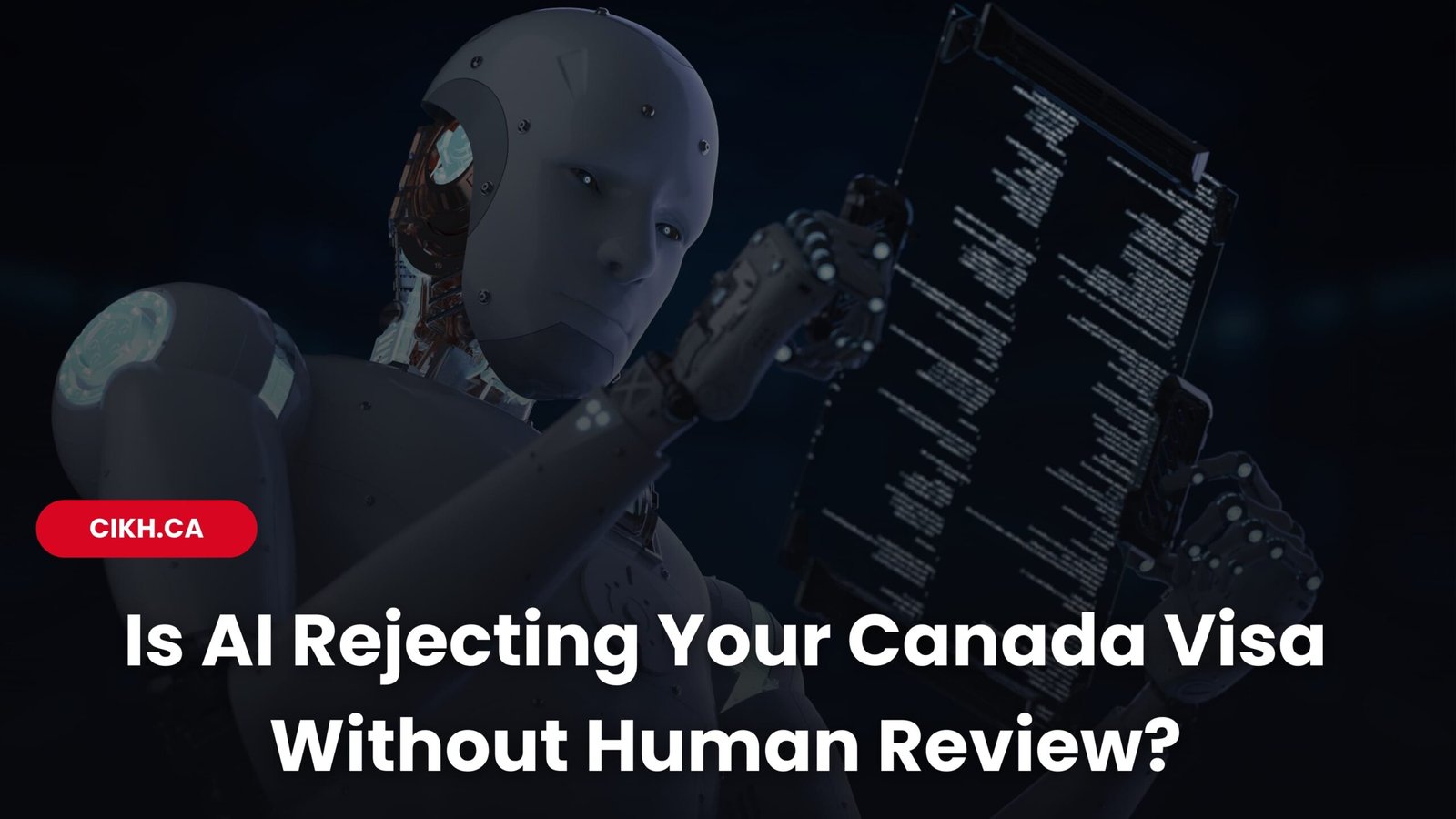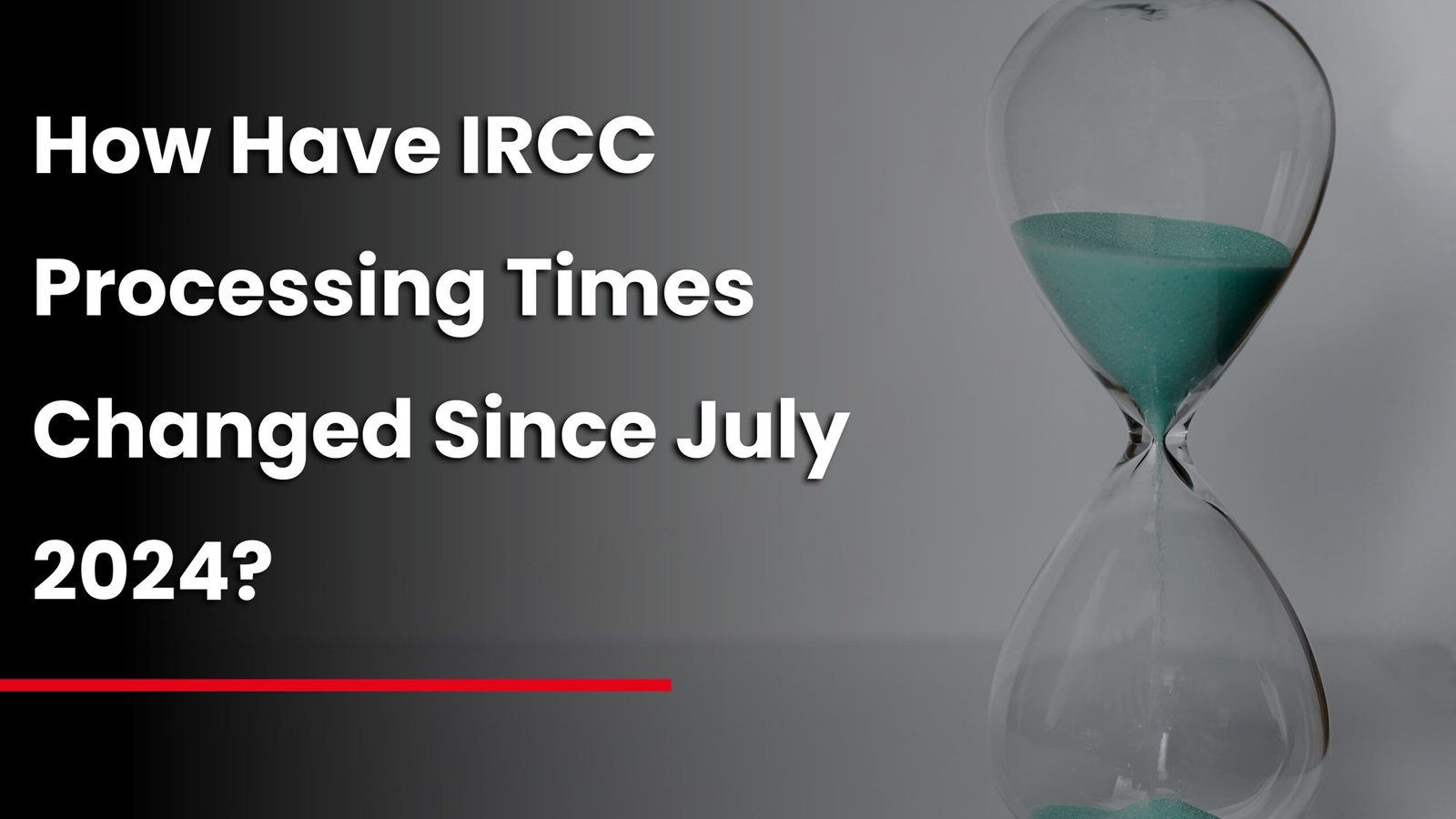How IRCC Uses AI – What It Actually Does
Canada’s Immigration, Refugees and Citizenship Canada (IRCC) employs artificial intelligence (AI) and advanced analytics systems to manage the overwhelming volume of applications. These tools are designed not to replace human officers but to support them by filtering, sorting, and in some cases, recommending decisions.
Two primary tools include: – Chinook: A Microsoft Excel-based tool used by officers to streamline application data for easier review. It automates bulk data access and helps draft refusal letters. –
Advanced Analytics: An AI model that categorizes applications into ‘routine’ or ‘complex’ and can automatically recommend approvals for low-risk applicants. These tools enhance speed and consistency but also raise concerns about oversight and context-aware decision-making.
How Many Applications Are Touched by AI?
According to IRCC’s internal reports and responses to Access to Information and Privacy (ATIP)
requests:
– Over 1.3 million Temporary Resident Visa (TRV) applications have been processed using AI-based models since 2018.
– More than 63,500 Spousal/Common-Law Sponsorship applications used AI triage between April 2021 and late 2023.
– 87% faster processing times were reported for cases flagged as routine.
AI is becoming the de facto gatekeeper – the first ‘digital filter’ before a human sees your application.
Where It Gets Risky: Procedural Fairness & Algorithmic Bias
The deployment of AI in visa decision-making introduces significant risks to procedural fairness. Many applicants are unaware their files were assessed, at least partially, by AI tools. Moreover, refusal letters often include template language, sometimes irrelevant to the application. These templated decisions originate from Chinook, which generates refusal notes that lack depth or individualized rationale.
The AI’s training data is based on historical application outcomes. If past refusals included unconscious bias, such biases could be inherited by the AI system – leading to disproportionate impacts on applicants from specific countries or demographics.
What the Courts Say: The Haghshenas Case The 2023 Federal Court case
Haghshenas v. Canada examined whether a visa refusal supported by Chinook violated principles of fairness. The court ruled that because a human officer technically clicked the final ‘decision’ button, the use of Chinook did not violate the law. However, it also acknowledged limitations in how these tools explain or document their rationale. This case illustrates the legal grey zone: AI may dominate the review process, yet the legal framework assumes human oversight, regardless of how minimal it is.
Applicant Stories: When the System Fails
Thousands of applicants share similar experiences:
– They receive vague or irrelevant refusal reasons.
– Their applications are denied despite meeting all eligibility requirements.
– Officers often don’t address supporting documents in their notes.
Such systemic failures occur more frequently when applications are pre-processed by automation tools. An increasing number of people are turning to GCMS notes and judicial review after their application was refused with boilerplate language.
AI-Driven Efficiency vs. Fairness
IRCC justifies its use of AI by pointing to dramatically improved efficiency:
– Processing times reduced by over 40% in some programs.
– Applications reviewed in bulk, often thousands per officer per month.
However, critics argue that treating human migration decisions like automated banking transactions strips applicants of fair and empathetic consideration. The result: faster decisions, but also more blind spots.
Refusal Rates and Implications Recent statistics reveal stark disparities:
Overall TRV refusal rate (2024): ~50%
-Nigeria: over 70%
– Pakistan: over 60%
– India: around 40%
AI’s reliance on historical data likely contributes to these trends. Applicants from countries with previously high refusal rates are statistically more likely to be flagged as complex or high-risk – even if their documents are sound.
What Legal Experts Recommend
Legal experts and civil rights groups are urging the Canadian government to:
– Mandate disclosure when AI is used in application reviews.
– Introduce the ‘right to explanation’ so applicants can understand AI-influenced decisions.
– Conduct algorithmic audits to ensure decisions aren’t perpetuating systemic bias.
Until then, lawyers recommend applicants: – Proactively request GCMS notes for transparency. Seek judicial review when refusal letters seem automated or unreasoned. – Prepare applications with clarity, assuming AI may be the first to evaluate it.
Final Takeaway: AI is Not the Enemy, But It’s Not Your Friend Either
AI is helping IRCC cope with volume, but it’s also creating blind spots, unfair rejections, and template-based reasoning that don’t reflect the complexities of real human stories.
Yes, officers make the final call — but AI is shaping what they see.
So if you’re applying for a visa or PR:
- Prepare your file as if a machine will read it first
- Then make it compelling enough for a human to approve it
Want Help ?
- Need help understanding your GCMS notes, crafting a refusal response, or building a bulletproof application?
Contact us for one-on-one support with AI-era immigration strategies.




